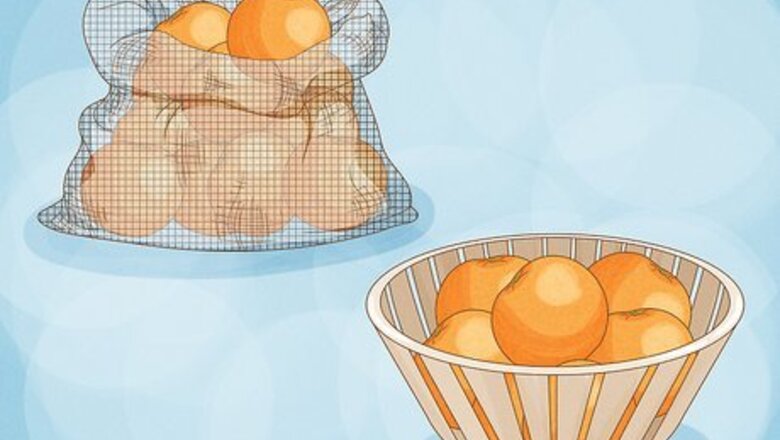
views
Method One: Room Temperature
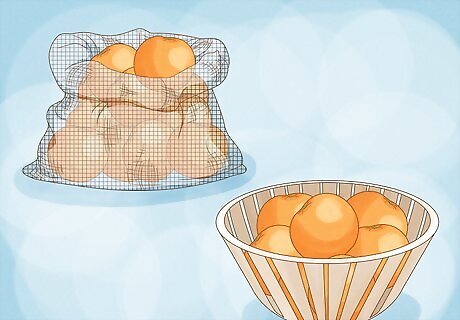
Place the clementines in an open container. A basket or wire mesh container works best, but any container with an open top will be suitable. Wooden crates with open slits along the side work great, as well. Do not place the fruit in a sealed container. Cutting off air circulation could hasten the spoiling process, causing the clementines to become moldy or rotten quicker. Storing the fruit in a container that lets more air flow through will minimize this effect.
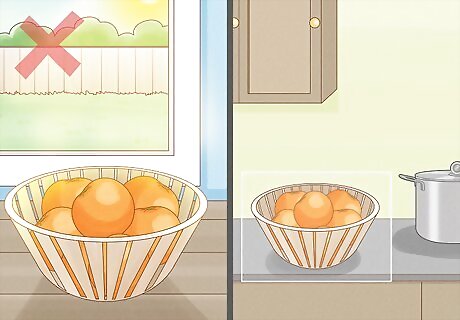
Keep them away from direct sunlight. Place the clementines on counter or table that does not receive much, if any, direct sunlight. Cooler temperatures and low humidity are also preferred conditions. Sunlight, warmth, and humidity are all factors that help clementines ripen. With ripe clementines, however, these conditions cause the fruit to over-ripen faster.
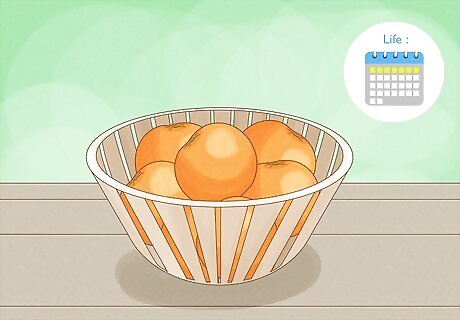
Store for two to seven days. When stored at room temperature, most clementines will last up to two or three days. If the fruit was in excellent condition starting out and the conditions of the room are ideal, you may even be able to store the clementines in this manner for a full week.
Method Two: Refrigerator
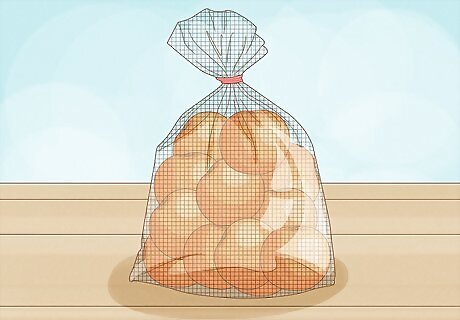
Arrange the clementines in a mesh bag. If possible, place all of the clementines inside a plastic mesh bag. Loosely twist the top opening of the bag closed to prevent the fruit from spilling out. While convention recommends storing clementines in plastic bags or airtight containers, doing so could actually cause the fruit to become moldy or soft much quicker. Mesh bags allow air to circulate around all sides of the fruit, thereby minimizing the threat of mold. Strictly speaking, you do not need to place the fruit in a mesh bag when you store it as long as you keep it in the right part of your refrigerator. The bag keeps things tidy and prevents bruising and other similar damage, but you do not need to worry too much if you cannot find a mesh bag to use.
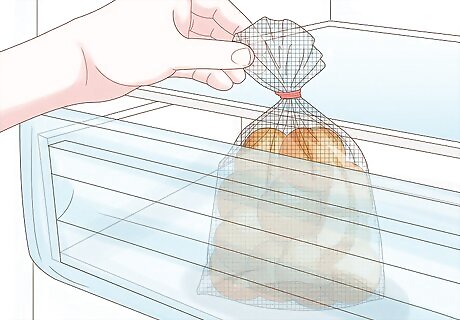
Place the fruit inside the crisper drawer of the refrigerator. Regardless of whether or not you have bagged the clementines, you should place them inside the crisper drawer, also called the “fruit drawer” or “vegetable drawer,” of your refrigerator. The humidity level inside the refrigerator's crisper drawer is different than it is inside the rest of your refrigerator. You may not be able to control the humidity, but if there is a control dial on the drawer, set it to “low” to help prevent the fruit from getting moldy.
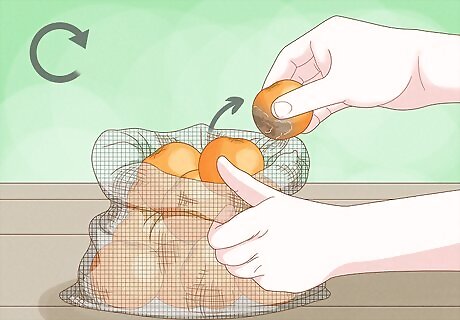
Periodically sort through the clementines. Look through the clementines every one or two days and remove any that appear to be going bad early. If the fruit is just beginning to get soft, you should use it that day. Fruit that has gotten too soft or has begun to decay should be discarded, though. You should separate fruit that has already gotten overripe from fruit that is still fresh. Overripe fruit releases a gas that speeds ripening in other, nearby fruit, so your remaining clementines will spoil faster if you keep a rotten one mixed in with the rest of the bunch.
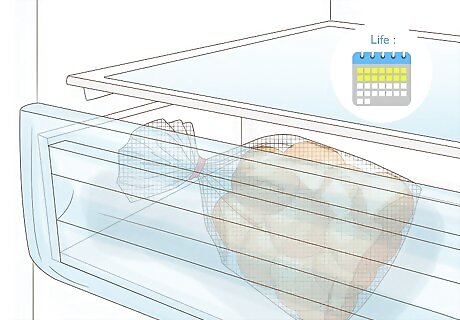
Store for one to two weeks. When stored in this manner, most clementines will last anywhere between one or two full weeks. You might be able to get a few extra days out of them past this if the conditions and fruit are both ideal, but it is somewhat uncommon, so you should exercise more caution when consuming clementines that are more than two weeks old.
Method Three: Freezer
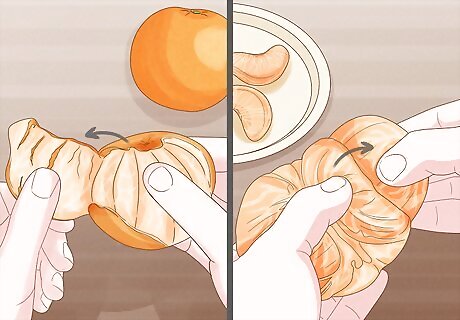
Peel and separate the clementines. Remove the peel from each clementine and separate the fruit into its natural segments. Peel away as much of the white membrane as possible from these segments and remove any seeds you find. Before peeling the clementines, consider rinsing them in running water and patting them dry with clean paper towels. Even though the peels will not be frozen with the flesh of the fruit, any dirt on the peels can get onto your hands as you work. Your hands will then touch the flesh of the fruit and spread the dirt there. Note that this is the only way to store clementines in the freezer. You cannot freeze whole citrus fruits without significantly damaging its texture and taste.
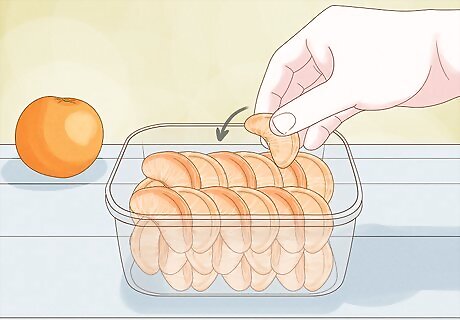
Arrange the slices in freezer-safe containers. Place the clementine segments inside an airtight freezer-safe plastic container or resealable plastic bag. Do not fill the container more than three-quarters full.
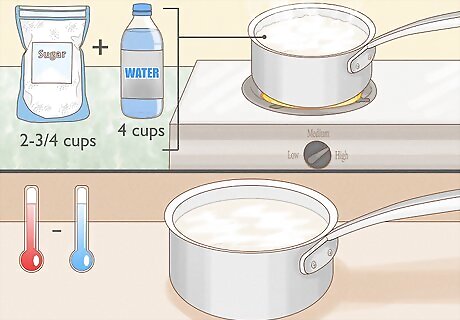
Make a simple syrup on the stove. Combine 2-3/4 cups (685 ml) of sugar with 4 cups (1 L) of water in a large saucepan. Heat this mixture on your stove over medium-high, stirring frequently, until the sugar has dissolved and the solution is clear. Allow the syrup to reach a rolling boil before removing it from the heat. After making the syrup, let it sit out at room temperature until it cools. Do not continue on with the rest of the steps until the syrup has dropped to a temperature only a little warmer than room temperature. Ideally, the syrup should drop down completely to room temperature.
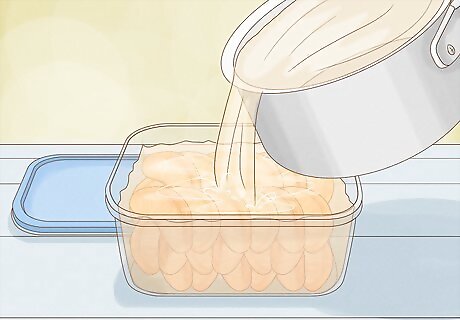
Pour the syrup over the clementines. Pour the cooled syrup over the clementine segments inside their freezer-safe containers. Add enough syrup to thoroughly coat each segment, leaving at least 1 inch (2.5 cm) of empty head space at the top of each container. You need to maintain a little empty headspace because the contents of the container can swell as they freeze. If the container is too full, the frozen fruit and syrup could burst out, damaging the container and creating a mess in your freezer as it does. Seal the containers or bags securely, pressing out as much air as possible as you do.
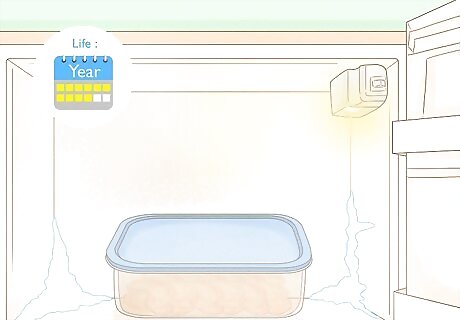
Freeze for 10 to 12 months. Place your sealed container of clementine wedges in the back of the freezer. You should be able to store it there safely for about a year. To thaw, place the container of frozen clementines in your refrigerator and let it gradually drop down in temperature over the course of a few hours. If stored at 0 degrees Fahrenheit (-18 degrees Celsius), the clementines should be safe to eat indefinitely. They may lose a considerable amount of nutrients past the 12-month mark, though, and the texture and taste may also start to decline.




















Comments
0 comment